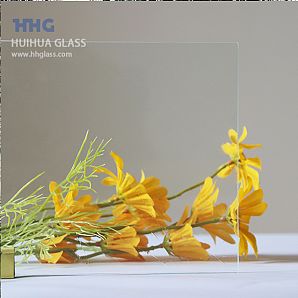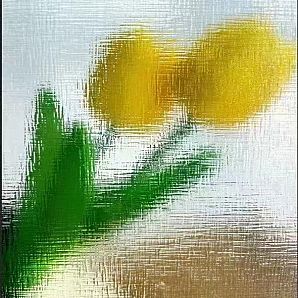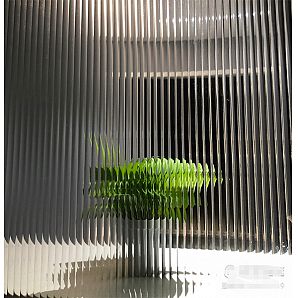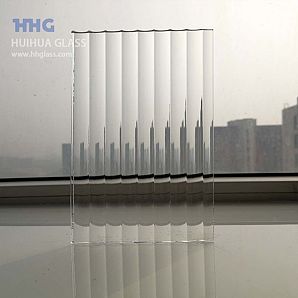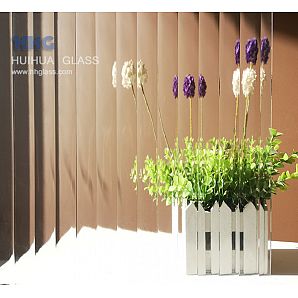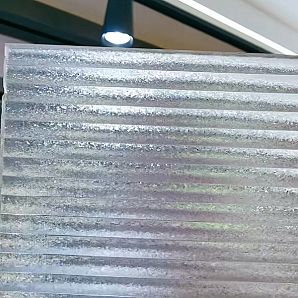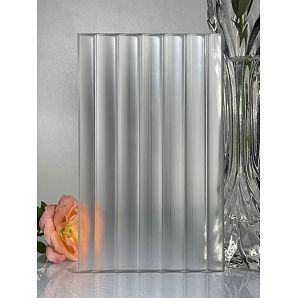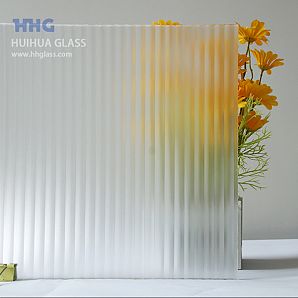Comparison of Laminated Glass and Tempered Glass
Laminated glass is composed of two or more pieces of glass with one or more layers of organic polymer interlayers sandwiched between them. After special high-temperature pre-pressing (or vacuuming) and high-temperature and high-pressure processes, the glass and the interlayer are permanently Bonded as a composite glass product.
Tempered glass is actually a kind of prestressed glass. In order to improve the strength of the glass, chemical or physical methods are usually used to form compressive stress on the surface of the glass. When the glass is subjected to external force, it first offsets the surface stress, thereby improving the bearing capacity and enhancing the resistance of the glass itself. Wind pressure, cold and heat, impact, etc.
Comparing this two types of glass, what are the advantages and disadvantages?
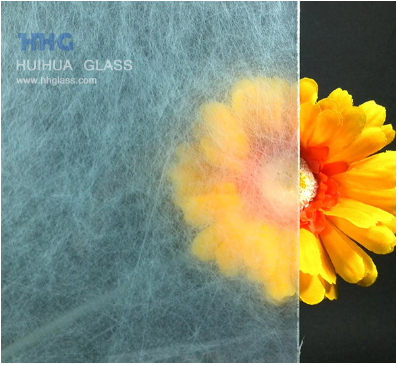
Laminated glass
I. advantage:
1. Strong adhesion, not easy to break
The special colloid in the laminated glass is pvb film (polyvinyl butyraldehyde), which has good adhesion, and the glass is not easy to be broken. Even if it is broken, the fragments will be connected together and will not fall.
2. Good transparency and strong resistance
Laminated glass has very good transparency and elasticity, and its impact resistance is several times higher than that of ordinary flat glass. It can be effectively combined with ordinary glass or tempered glass to make bulletproof glass.
3. Sound insulation and heat insulation
Laminated glass uses original glass of different textures, and also has properties such as heat resistance and moisture resistance, which can remain unchanged for a long time. The middle layer of pvb glue can also block the transmission of sound waves, reduce noise intrusion, maintain quietness, and maintain a comfortable home environment.
4. High security
Laminated glass can be safely broken, and will not break easily when hit by heavy objects. Even if broken, the fragments will remain integrated, and the broken glass surface will remain smooth and tidy, which greatly reduces the damage to the human body and effectively ensures the safety of the human body. Safety.
5. UV protection
Laminated glass also has the function of filtering ultraviolet rays, which can effectively protect people's skin from sunburn, and can also prevent valuable furniture items in the home from being faded by the sun.
II. Disadvantages
1. General physical properties: The physical properties of laminated glass are general, and its mechanical strength and thermal stability are weaker than those of tempered glass.
2. Easy to be soaked by water: Laminated glass should avoid being soaked by water. If the glass is soaked by water, it is easier for water molecules to enter the glass interlayer, making the glass surface blurry and affecting the appearance.
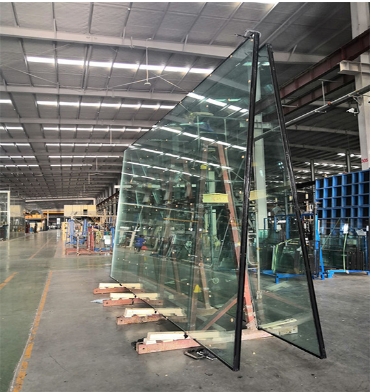
tempered glass
I. advantage:
1. The strength is several times higher than that of ordinary glass, and it is resistant to bending.
2. It is safe to use, and its carrying capacity is increased to improve the fragile nature. Even if the tempered glass is damaged, it will be small fragments without acute angles, which greatly reduces the damage to the human body.
Compared with ordinary glass, the resistance to rapid cooling and rapid heating of tempered glass is improved by 3 to 5 times. It is a type of safety glass. To ensure the safety of qualified materials for high-rise buildings.
II. Disadvantages
1. The tempered glass can no longer be cut and processed. The glass can only be processed to the required shape before tempering, and then tempered.
2. Although the strength of tempered glass is stronger than that of ordinary glass, tempered glass has the possibility of self-explosion (self-breaking), while ordinary glass does not have the possibility of self-explosion.
3. The surface of the tempered glass will be uneven (wind spot), and the thickness will be slightly thinner. The reason for the thinning is that after the glass is softened by hot melt, it is rapidly cooled by strong wind, so that the crystal gap inside the glass becomes smaller and the pressure becomes larger, so the glass is thinner after tempering than before tempering.
Under normal circumstances, 4~6mm glass will be thinned by 0.2~0.8mm after tempering, and 8~20mm glass will be thinned by 0.9~1.8mm after tempering. The specific degree depends on the equipment, which is why tempered glass cannot be used as a mirror.
4. The flat glass used for construction after passing through the tempering furnace (physical tempering) will generally be deformed, and the degree of deformation is determined by the equipment and technicians. To a certain extent, the decorative effect is affected (except for special needs).
HHG is a professional glass manufacturer and glass solution provider include range of tempered glass, laminated glass, textured glass and etched glass. With more 20 years development, there are two produce lines of pattern glass ,two lines of float glass and one line of restoration glass. our products 80% ship to overseas, All our glass products are strict quality control and carefully packed in strong wooden case, ensure you receive the finest quality glass safety in time.
More Detail: www.hhglass.com

